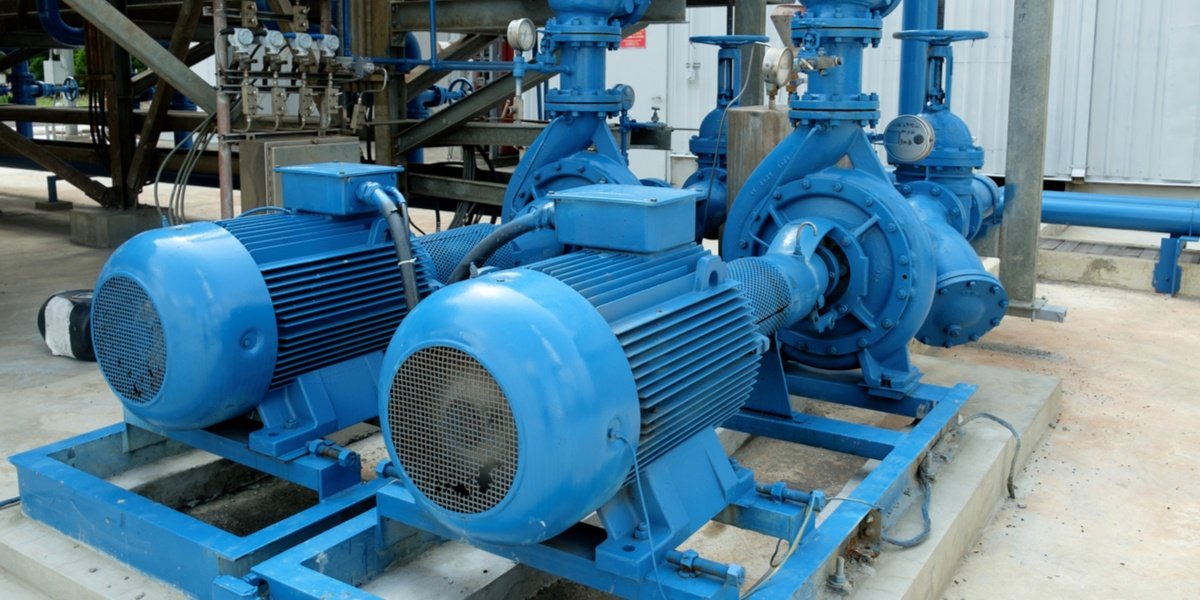Generally Pumps classification done on the basis of its mechanical configuration and their working principle. Classification of pumps mainly divided into two major categories:
 .) 1.) Dynamic pumps / Kinetic pumps
.) 1.) Dynamic pumps / Kinetic pumps
Dynamic pumps impart velocity and pressure to the fluid as it moves past or through the pump impeller and, subsequently, convert some of that velocity into additional pressure. It is also called Kinetic pumps Kinetic pumps are subdivided into two major groups and they are centrifugal pumps and positive displacement pumps.
Classification of Dynamic Pumps
1.1) Centrifugal Pumps
A centrifugal pump is a rotating machine in which flow and pressure are generated dynamically. The energy changes occur by virtue of two main parts of the pump, the impeller and the volute or casing. The function of the casing is to collect the liquid discharged by the impeller and to convert some of the kinetic (velocity) energy into pressure energy.
1.2) Vertical Pumps
Vertical pumps were originally developed for well pumping. The bore size of the well limits the outside diameter of the pump and so controls the overall pump design.2.) Displacement Pumps / Positive displacement pumps
2.) Displacement Pumps / Positive displacement pumps
Positive displacement pumps, the moving element (piston, plunger, rotor, lobe, or gear) displaces the liquid from the pump casing (or cylinder) and, at the same time, raises the pressure of the liquid. So displacement pump does not develop pressure; it only produces a flow of fluid.
Classification of Displacement Pumps
2.1) Reciprocating pumps
In a reciprocating pump, a piston or plunger moves up and down. During the suction stroke, the pump cylinder fills with fresh liquid, and the discharge stroke displaces it through a check valve into the discharge line. Reciprocating pumps can develop very high pressures. Plunger, piston and diaphragm pumps are under these type of pumps.
2.2) Rotary Type Pumps
The pump rotor of rotary pumps displaces the liquid either by rotating or by a rotating and orbiting motion. The rotary pump mechanisms consisting of a casing with closely fitted cams, lobes, or vanes, that provide a means for conveying a fluid. Vane, gear, and lobe pumps are positive displacement rotary pumps.
2.3) Pneumatic Pumps
Compressed air is used to move the liquid in pneumatic pumps. In pneumatic ejectors, compressed air displaces the liquid from a gravity-fed pressure vessel through a check valve into the discharge line in a series of surges spaced by the time required for the tank or receiver to fill again.
Post time: Jan-14-2022

